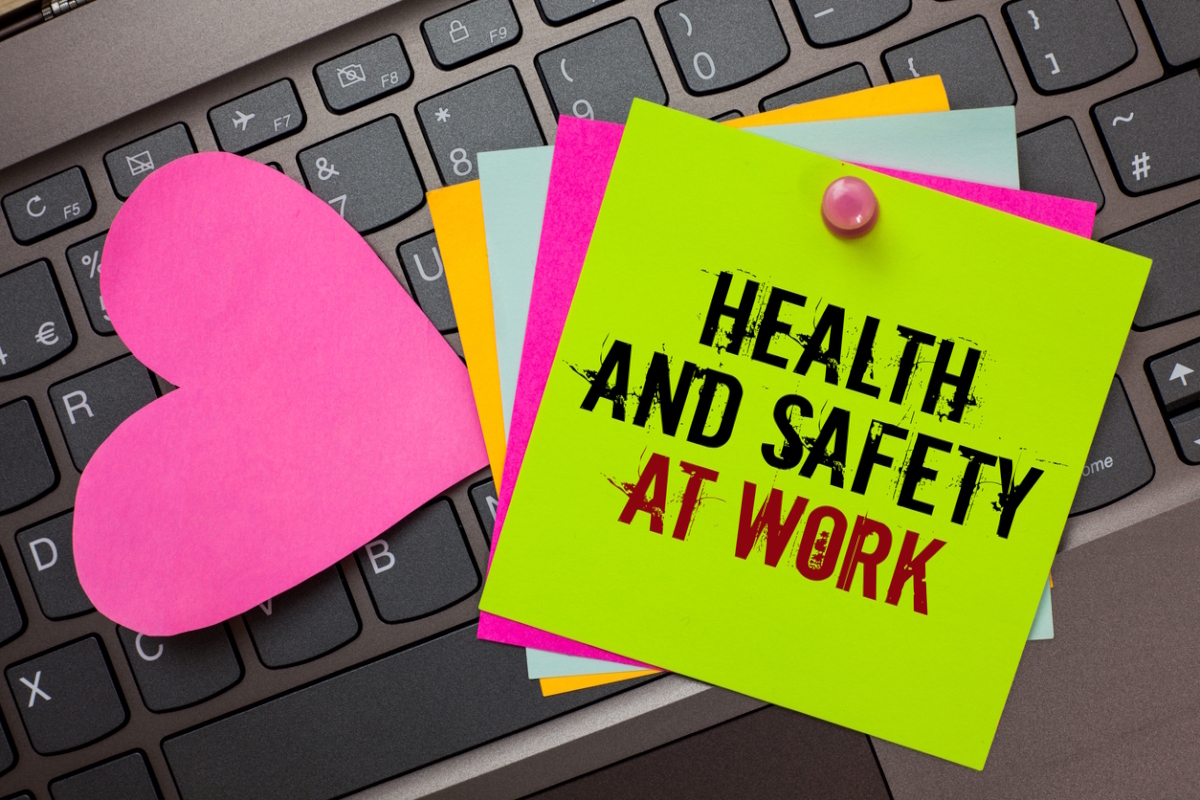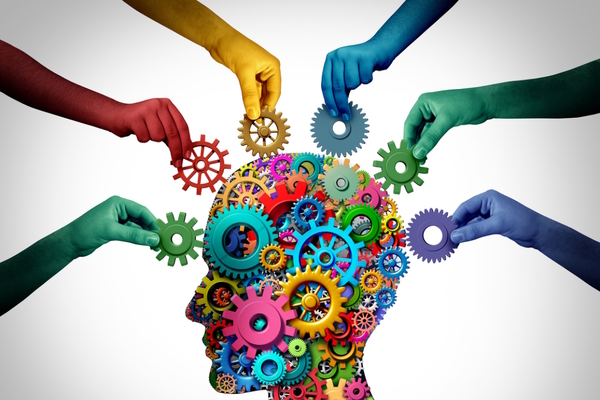The risk of ignoring psychological safety

Ed Pietruszewski at EcoOnline explains the importance of health and safety in the workplace and why it goes beyond compliance
Nearly half of workers in the UK and Ireland have personally experienced a work-related accident or illness. Of these, the majority (64%) relate to stress. This figure is higher than the global average, revealing concerning trends for our national workforce.
In a society often focused on physical risks, more emphasis must be placed on the psychological safety of workers. With one third of our lives spent at work, and one in four facing a mental health problem each year, it is irresponsible to keep related factors out of risk assessments.
Business risks
There is a direct correlation between wellness and corporate success, with lower levels of mental well-being impacting productivity, driving up sickness among staff, and leading to growing amounts of physical harm and accidents.
The HSE reported that, in the year 2023/24, mental health concerns, including stress, anxiety and depression, resulted in 16.4 million days off. For those able to work, the impact on productivity, including that emanating from loss of motivation and increased employee turnover, can have a direct impact on financial margins, with comparatively engaged employee teams producing a 23% profitability increase.
Generational divide
It’s an increasingly relevant factor in job satisfaction, too. With every new age group that enters the workforce, expectations are re-moulded and the factors that excite talent change. Millennials and Gen Z are projected to comprise 74% of the 2030 working population, and so their wants and needs must be taken into consideration. Deloitte’s Gen Z and Millennial Survey summed up this group’s priorities for happiness at work in three words: ‘money, meaning, and well-being’.
As Amy Edmondson, professor at Harvard Business School, puts it, ‘Psychological safety is not about being nice or lowering performance standards, it’s about giving candid feedback, openly admitting mistakes, and learning from them’.
In today’s workplaces, psychological safety is a driver for success. It’s a value revered among younger generations, who often grew up having more open discussions around mental wellness with their peers, and one that emboldens teams to work well together.
To attract, retain and embolden the Gen Z and Millennial workforce, a culture of psychological safety should be considered a foundation of the working environment.
Linking physical and psychological safety
Focusing on mental well-being in the workplace has been statistically proven to reduce wider risks, underlining the importance of health and safety in the workplace. Those who feel secure in speaking openly are more inclined to flag on-site hazards. This was highlighted in a 2023 survey across professions where SAFER found that workers who felt discouraged from reporting by their employers were 2.4 times more likely to experience injury.
The first step in creating a working environment that is safe both psychologically and physically is to foster trust and encourage honest conversations about risks. When people feel confident to speak up, employers can address issues quickly, preventing incidents before they occur.
EcoOnline’s recent UK survey found that 82% of workers would consider leaving a role due to poor workplace conditions. When asked what would improve if more was invested in worker safety, the top answer was clear: “More satisfied staff”. There is an intrinsic link between investment in safety and the well-being and happiness of employees. Safety matters for retention just as much as it does for risk reduction.
Building a safe workplace
A safe workplace starts with strong relationships between managers and employees, underpinned by regular conversations about both well-being and safety. Simply telling people to speak up is not enough. This is not just about making people feel heard; it is about making them feel safe.
One way to strengthen that investment is by making employees an active part of health and safety processes, rather than seeing them as a control to manage them. Too often, they can be viewed as a “big brother” presence or an administrative burden, rather than something designed to protect and empower.
On-the-go, personalised safety training helps shift that perception by giving workers the knowledge to act confidently when risks arise, while mobile access to safety information reduces the stress of finding the right procedure in the moment.
Praising and celebrating near-miss and hazard reporting not only recognises those who speak up, but also drives wider employee buy-in, building a strong health and safety culture where safety is a shared responsibility.
Technology can then act as a force multiplier for this culture of support. In our survey, the majority (67%) of UKI workers said they would feel safer if more digital health and safety systems were integrated into the workplace.
From real-time hazard reporting tools that work even in areas of no signal to digital check-ins, panic alarms, fall detection, geofencing monitoring, and satellite mode or low-signal two-way communication, embracing technology can be fundamental to helping workers feel safe and supported, whether on-site or working alone.
Worth the investment?
Psychological safety is closely linked to both employee happiness and business growth. For those keen to attract employees in a talent-led market, or foster the creativity that helps organisations stand out, investment in workers’ mental health is more than expected; it’s common sense.
Ed Pietruszewski is Principal Solutions Architect at EcoOnline
Main image courtesy of iStockPhoto.com and Artur

Business Reporter Team
You may also like
Related Articles
Most Viewed
Winston House, 3rd Floor, Units 306-309, 2-4 Dollis Park, London, N3 1HF
23-29 Hendon Lane, London, N3 1RT
020 8349 4363
© 2025, Lyonsdown Limited. Business Reporter® is a registered trademark of Lyonsdown Ltd. VAT registration number: 830519543





